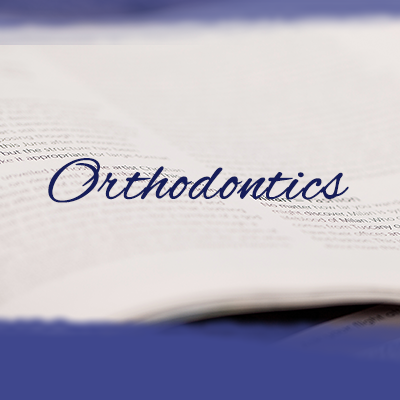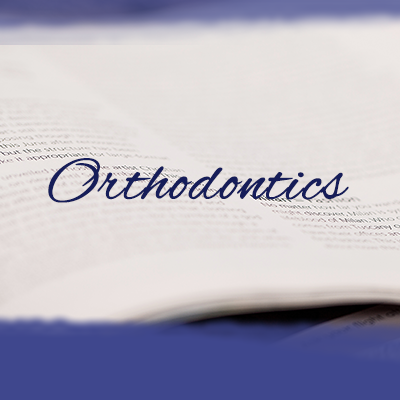Prevalence and severity of apical root resorption during orthodontic treatment with clear aligners and fixed appliances: a cone beam computed tomography study
Fixed appliances have been the mainstream for orthodontic treatment, while clear aligners, such as Invisalign system, have become increasingly popular.
The prevalence of apical root resorption (ARR) in patients with clear aligners is still controversial. The aim of this study was to investigate and compare the prevalence and severity of ARR in patients treated with clear aligners and fixed appliances using cone beam computed tomography (CBCT).
• Materials and methods: A total of 373 roots from 70 subjects, with similar baseline characteristics and the ABO discrepancy index scores (i.e., treatment difficulty), were included into two groups: the clear aligners group (Invisalign, Align Technology, California, USA) and fixed appliances group (Victory Series; 3M Unitek, California, USA). Root length of each anterior tooth was measured on the CBCT images by two blinded investigators.
The ARR on each tooth was calculated as the difference of root length before and after orthodontic treatment. Chi-square test and paired t test was used to compare the ARR between the two groups as well as before and after orthodontic treatments.
• Results: Prevalence of ARR in the clear aligners group (56.30%) was significantly lower than that in the fixed appliances group (82.11%) (P<0.001). The severity of ARR in the clear aligners group (0.13±0.47 mm) was significantly less than that in the fixed appliances group (1.12±1.34 mm) (P<0.001). The most severe ARR was found on the maxillary canine (1.53±1.92 mm) and lateral incisor (1.31±1.33 mm) in the fixed appliances group; the least ARR was found on the mandibular canine (−0.06±0.47 mm) and lateral incisor (0.04±0.48 mm) in the clear aligners group (P<0.001).
• Conclusions: The prevalence and severity of ARR measured on CBCT in patients with clear aligners were less than those in patients with fixed appliances.





